

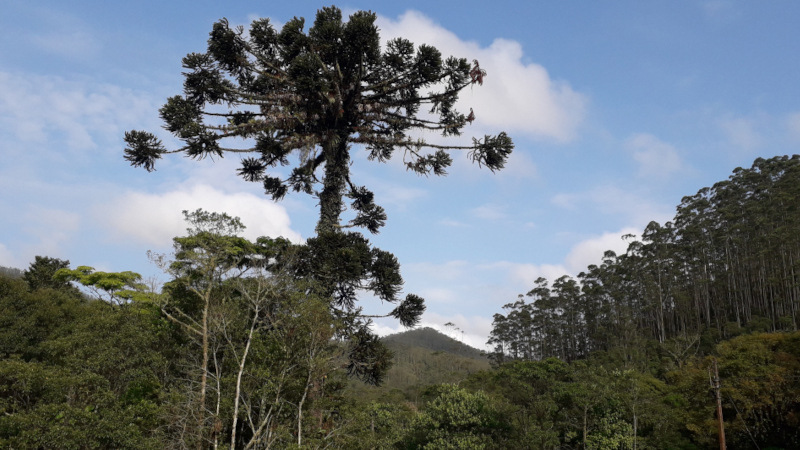
Study identifies 167 native species of the Atlantic Forest with bioeconomic applications: 58% in the medical field, 12% in cosmetics, and 5% in the food sector; 78 species (46.7%) have patents registered in 61 countries, only 8% of them in Brazil.
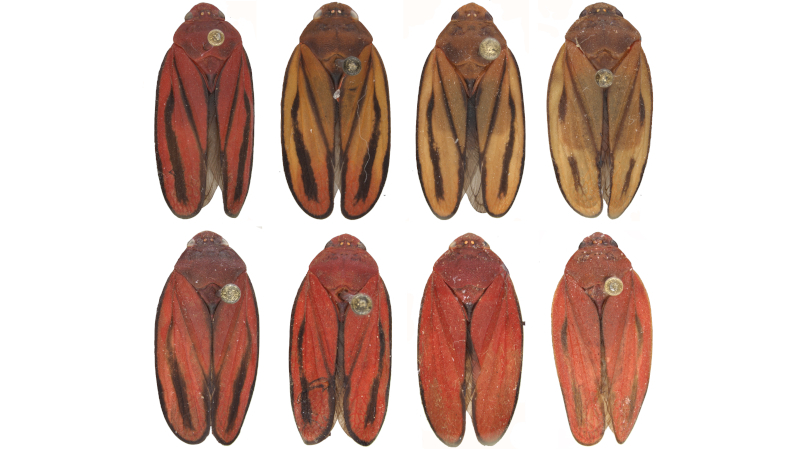
Analyses show that a sugarcane spittlebug, found in the Southeast and South of Brazil since the 1960s, was mistaken for other species that are similar to the naked eye.

One of the world’s leading experts on the fruit, Hervé Rogez, a professor at the Federal University of Pará, warns about the social, environmental, and economic impacts of “açaízation” in the Amazon.
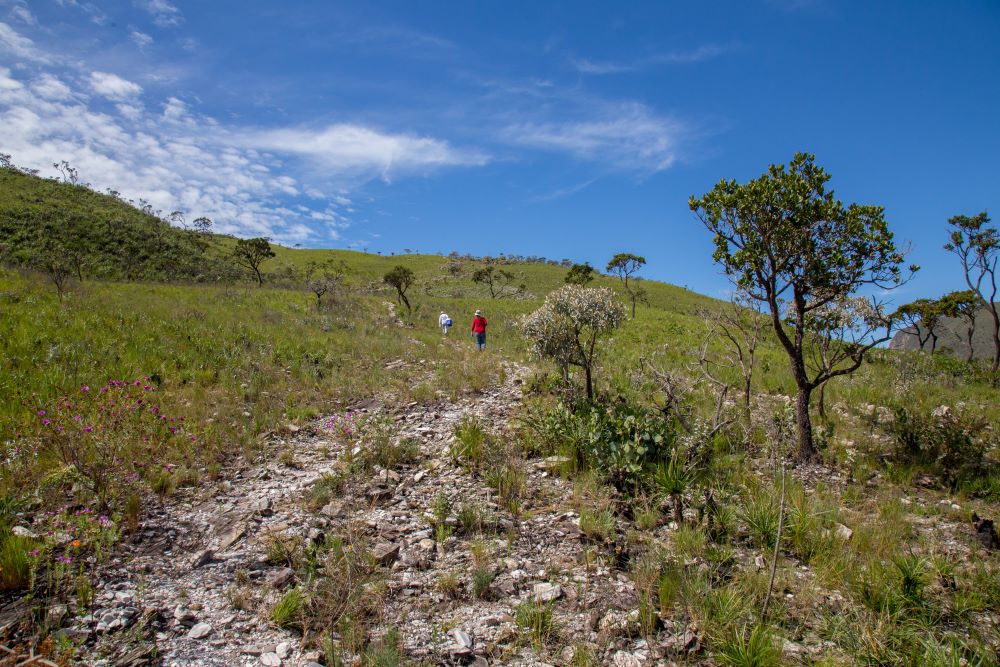
A study has identified more than 257,000 species of bacteria and archaea in velozias, which are plants that thrive in extreme environments of drought, heat, and poor soil, such as this mountainous savannah ecoregion. The results could guide conservation initiatives and biotechnological solutions for soil management in arid conditions.
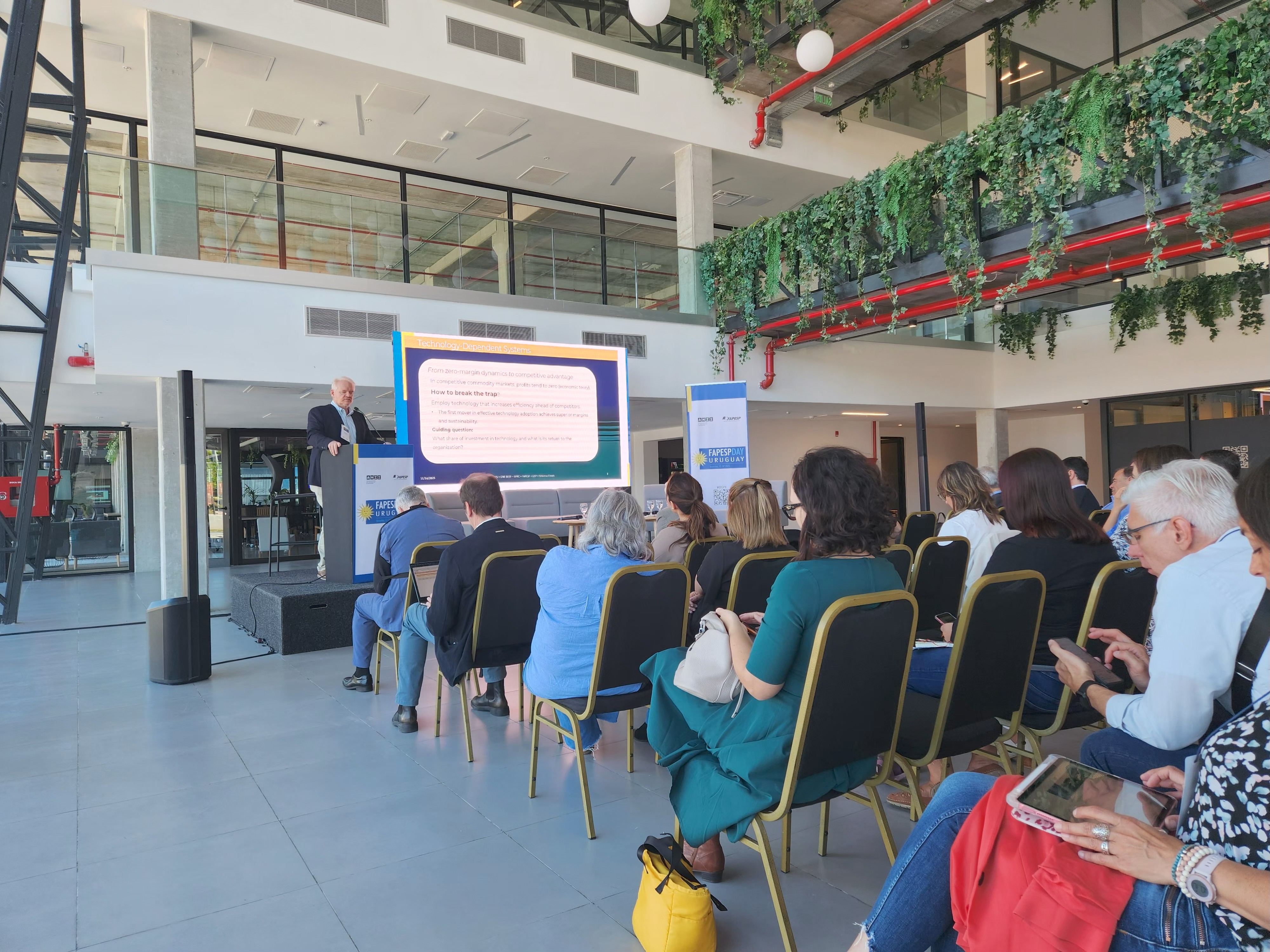
Professor Sérgio de Zen presented the project during the FAPESP Day Uruguay symposium. An investment of USD 20 million over five years is planned.

Professor Sérgio de Zen presented the project during the FAPESP Day Uruguay symposium. An investment of USD 20 million over five years is planned.
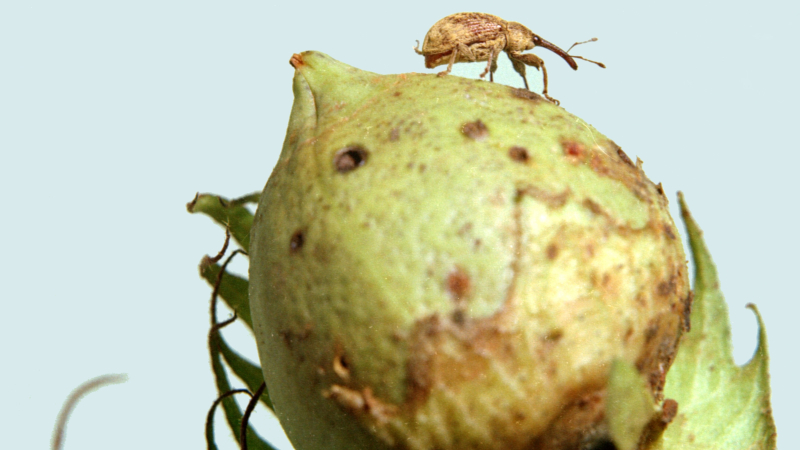
Researchers revisit advances in generating genetically modified plants that prevent bedbugs, beetles, weevils, and woodworms from digesting starch.

With COP30 in Belém approaching, the ideas of the former French Minister of Justice are gaining momentum, inviting us to rethink multilateralism and the structure of the institutions that shape the world.
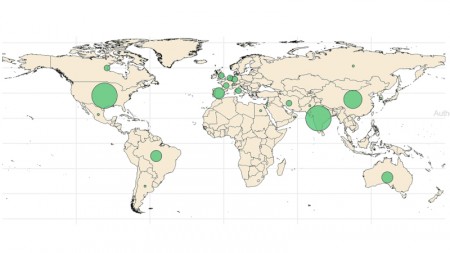
Regions most vulnerable to climate change and environmental degradation produce the least local knowledge on the subject.
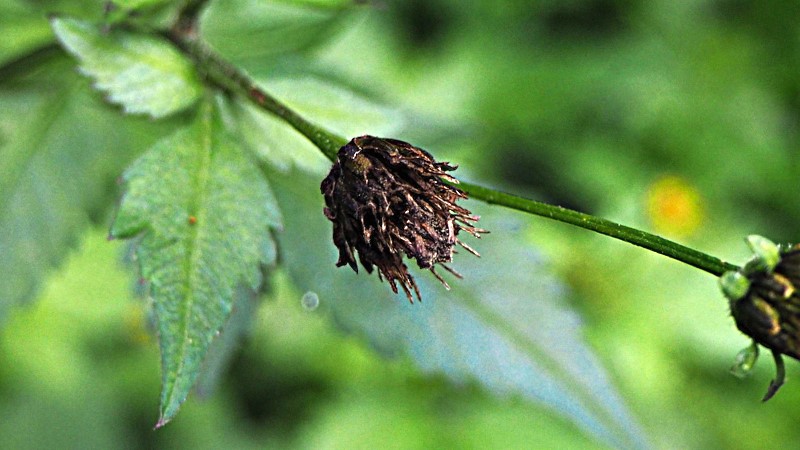
Often treated as waste from the pulp and paper industry, lignin, a polymer responsible for the rigidity of plant cell walls, has increased the stability and effectiveness of herbicide nanoparticles.
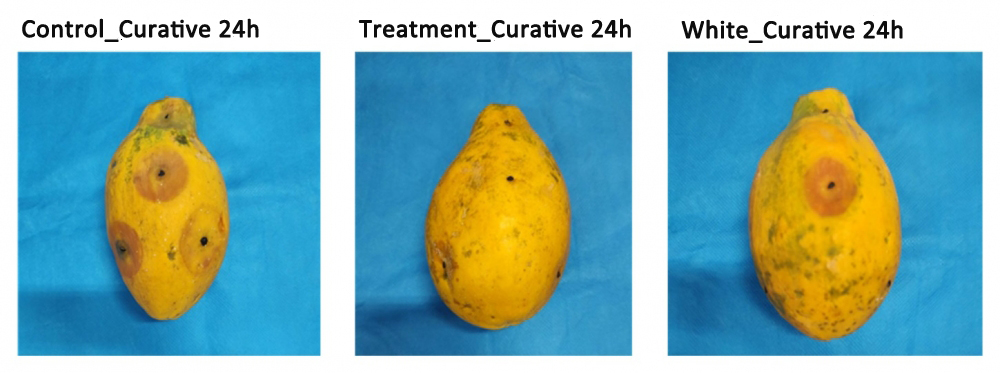
FAPESP-supported startup develops formulations based on bio-inputs to combat fungal infections and reduce the use of pesticides in fruit growing.
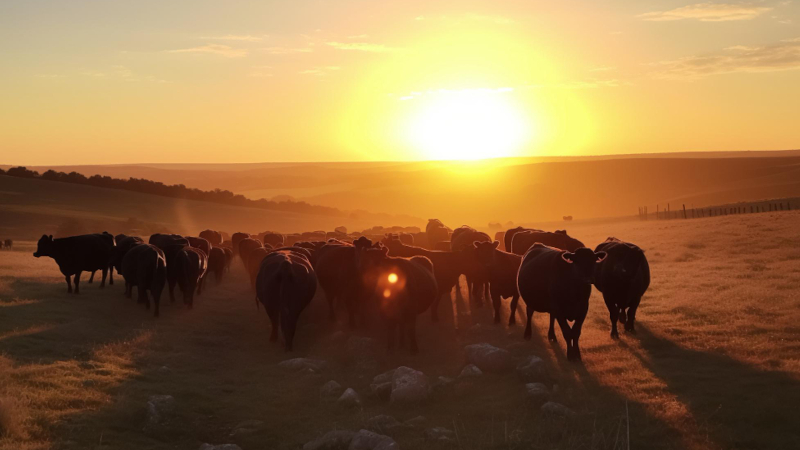
Research led by scientists at the University of São Paulo contributes to the formulation of strategies to prevent the collapse of animal protein production.
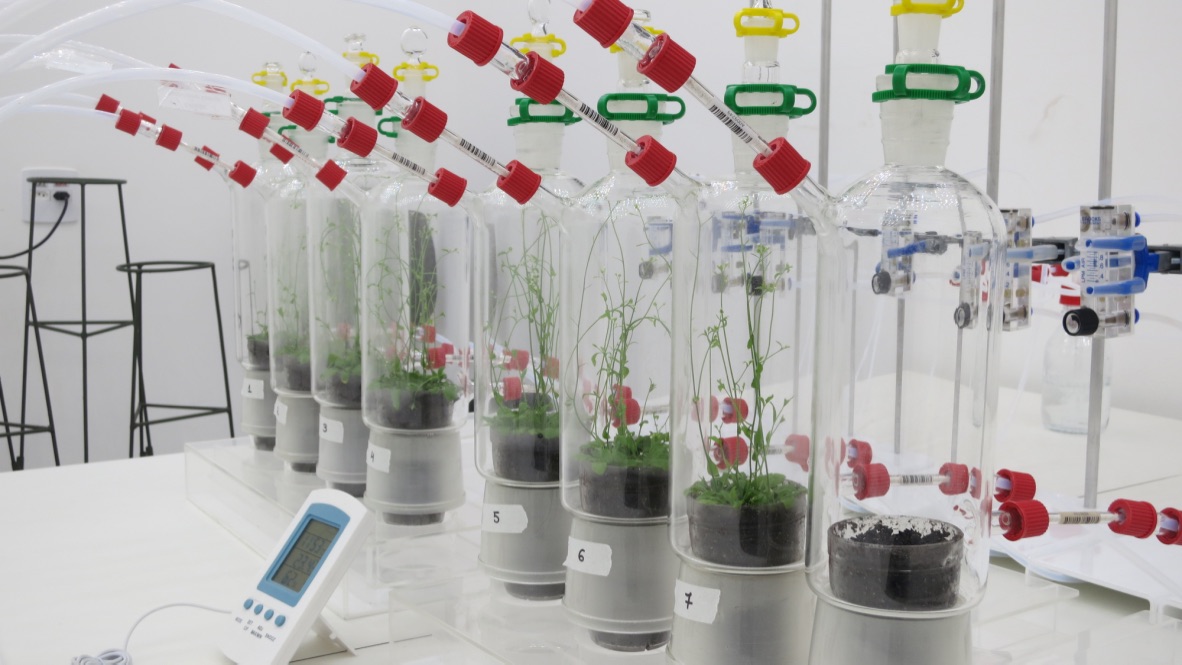
The compound is 100 times more effective than β-caryophyllene against the disease impacting orange groves in Florida and threatening citrus growers in the state of São Paulo, Brazil, the world’s largest orange producer.
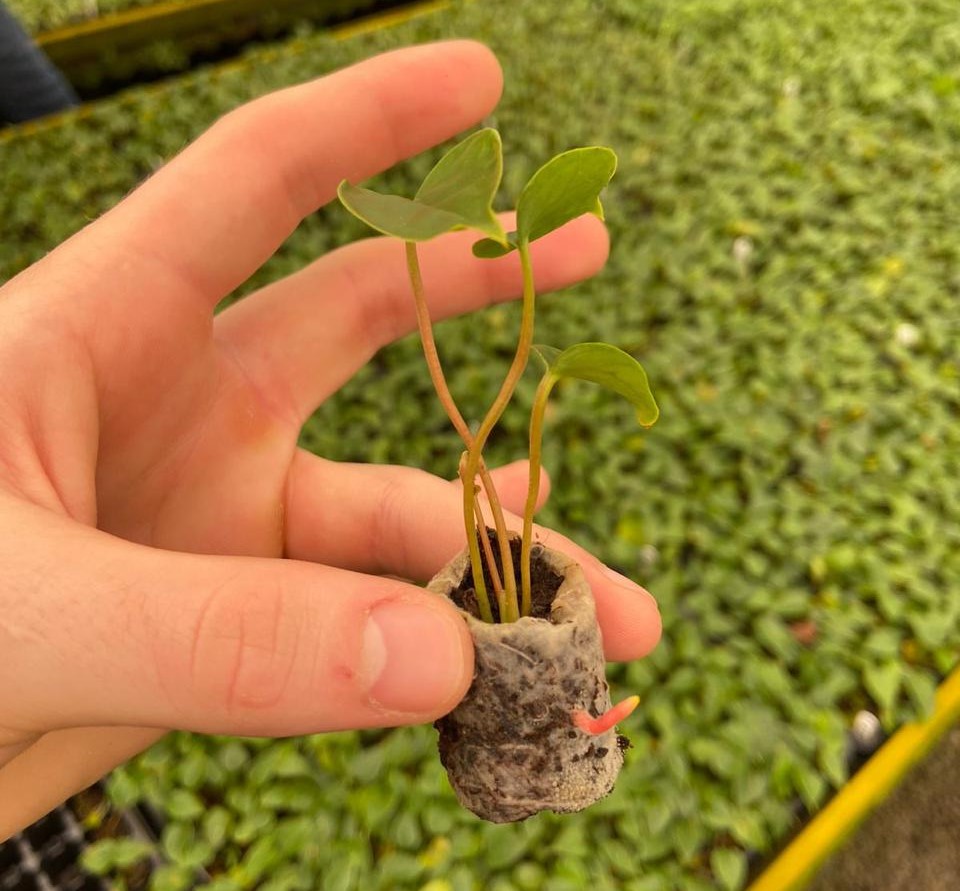
Film based on algae and nanocellulose created at the Federal University of São Carlos is safe for the environment, reduces nutrient loss, and could replace microplastics in agriculture.
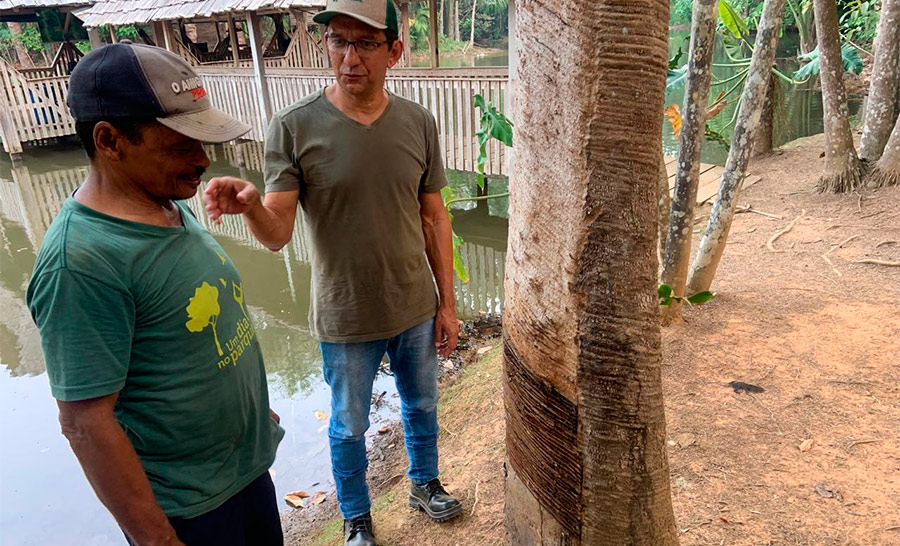
A project in the Chico Mendes Extractive Reserve shows that rubber provides adequate income to sustain livelihoods and conserve the forest. However, nut collection yields low pay, which contributes to the adoption of unsustainable practices such as extensive cattle ranching.
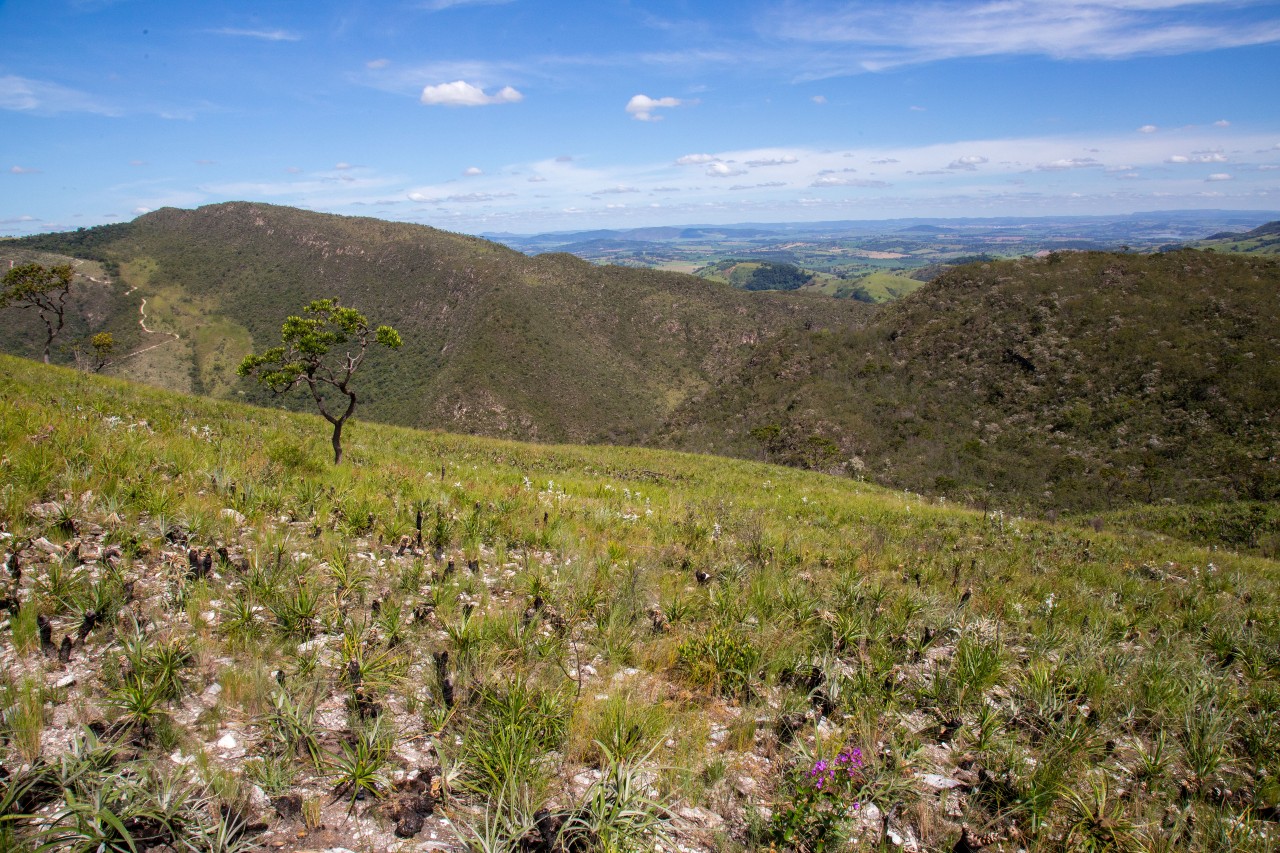
Researchers at a FAPESP-supported research center have combined innovative techniques to determine the chromosome number of species of the genus Vellozia, typical of this montane savannah ecoregion. The result provides support for conservation programs and biotechnological applications.
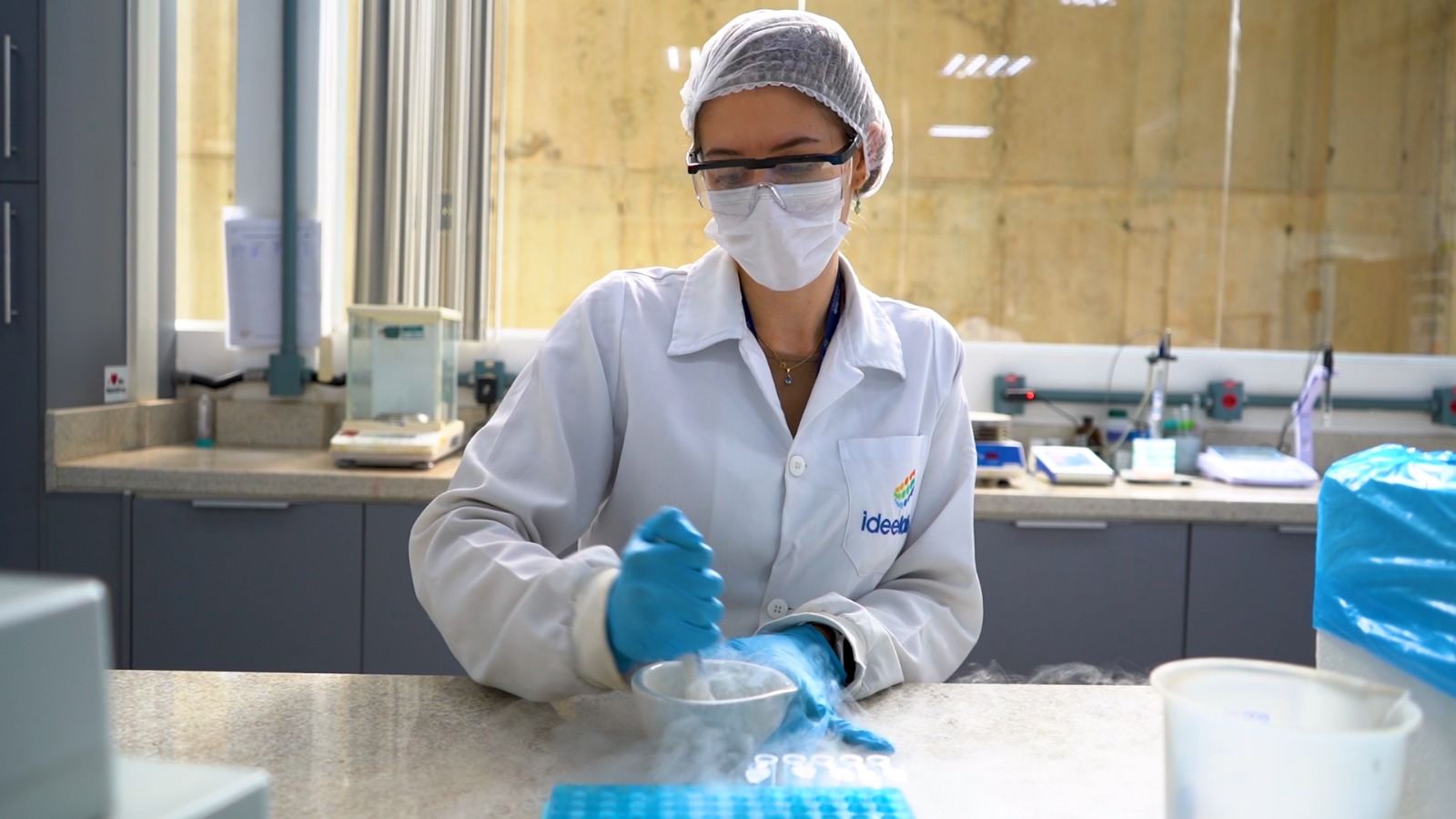
With support from FAPESP, the São Paulo startup is developing more efficient strategies to combat pathogens that threaten citrus farming; the technology will be presented at VivaTech in France.
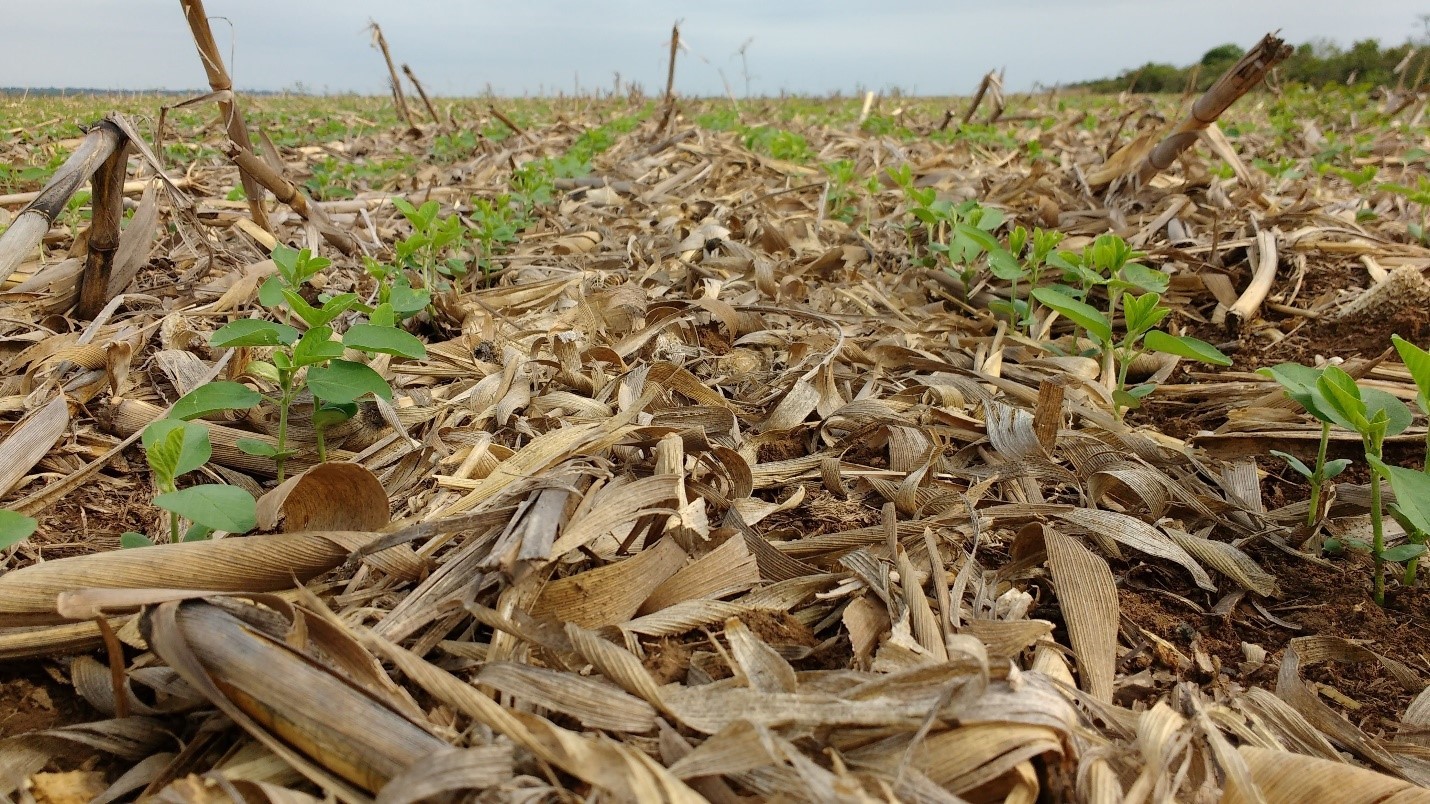
Researchers from the University of São Paulo and collaborators conducted a comprehensive review of the available literature on the subject, which included more than 13,000 articles.
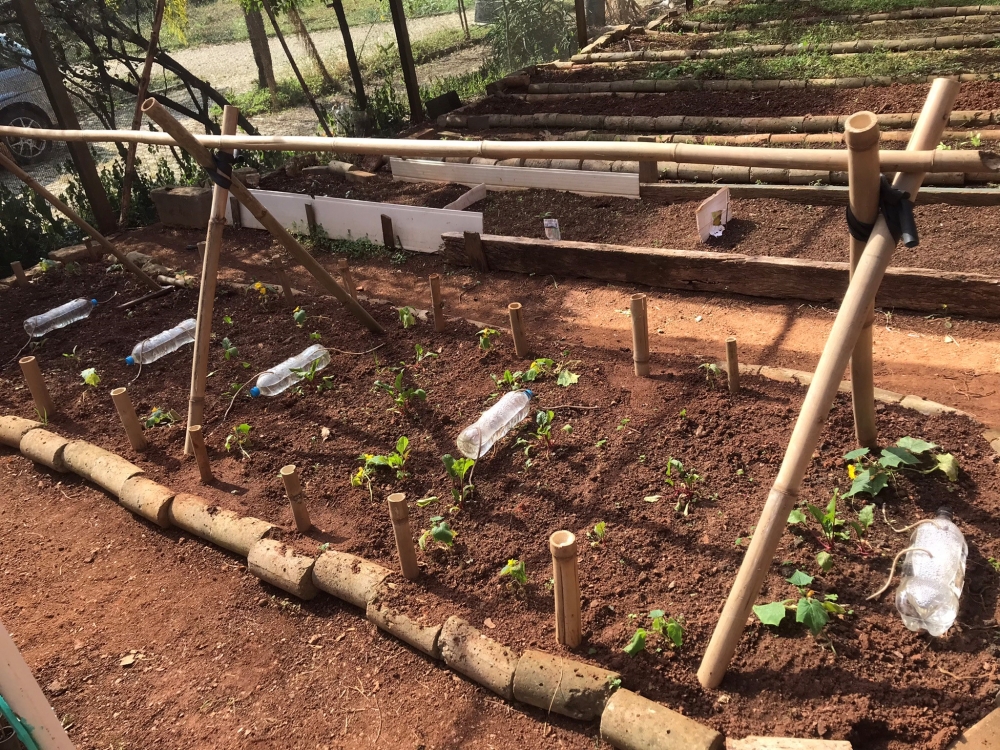
With the support of FAPESP, Santa Food Tech has developed a model to transform urban areas into laboratories of sustainability; the initiative is already implemented in four micro-regions of the state capital and in Guarulhos.
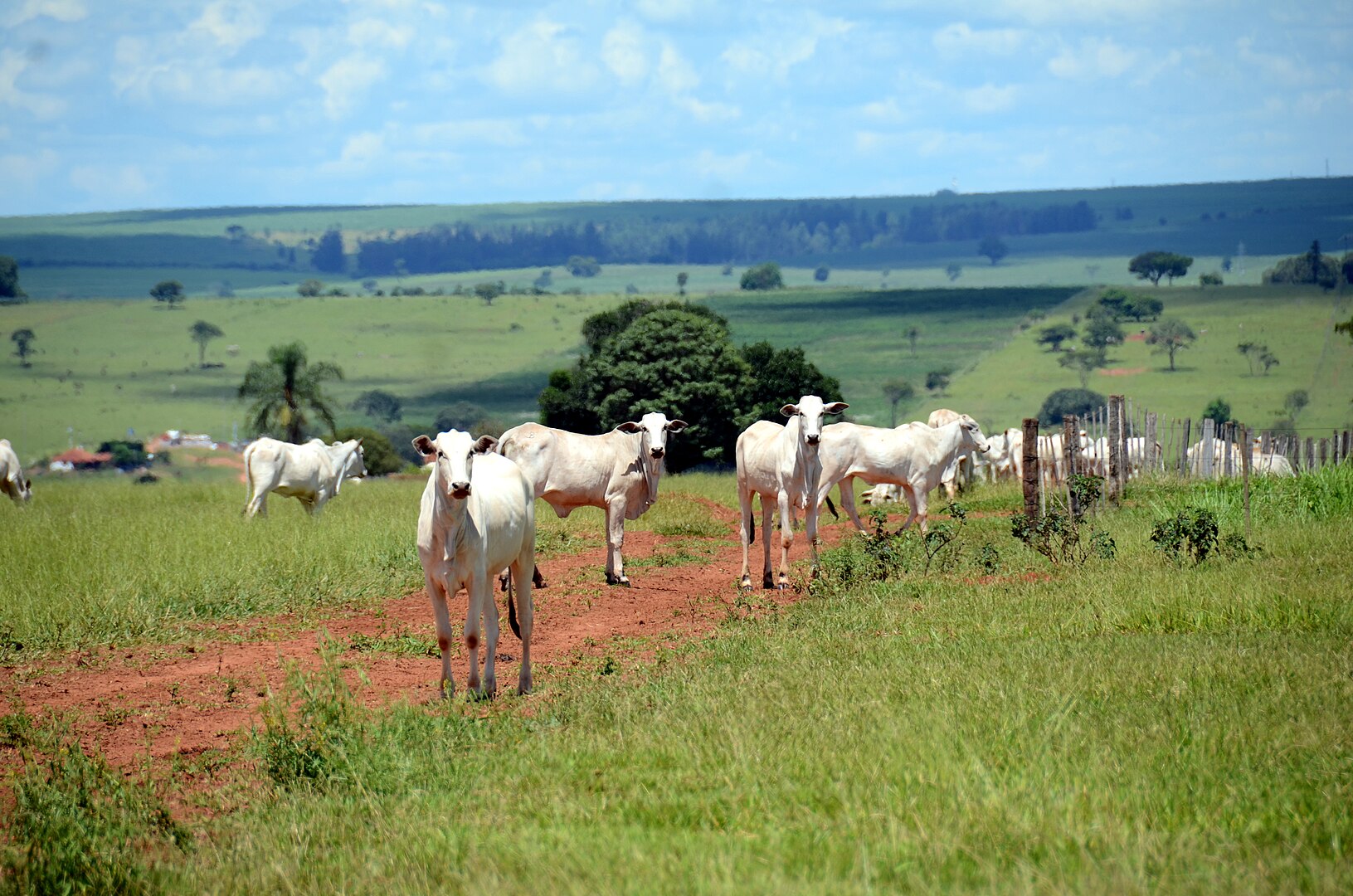
In an article published in Environmental Science and Pollution Research, researchers from the Federal University of São Paulo discuss the need for the production chain to adopt emission reduction practices.
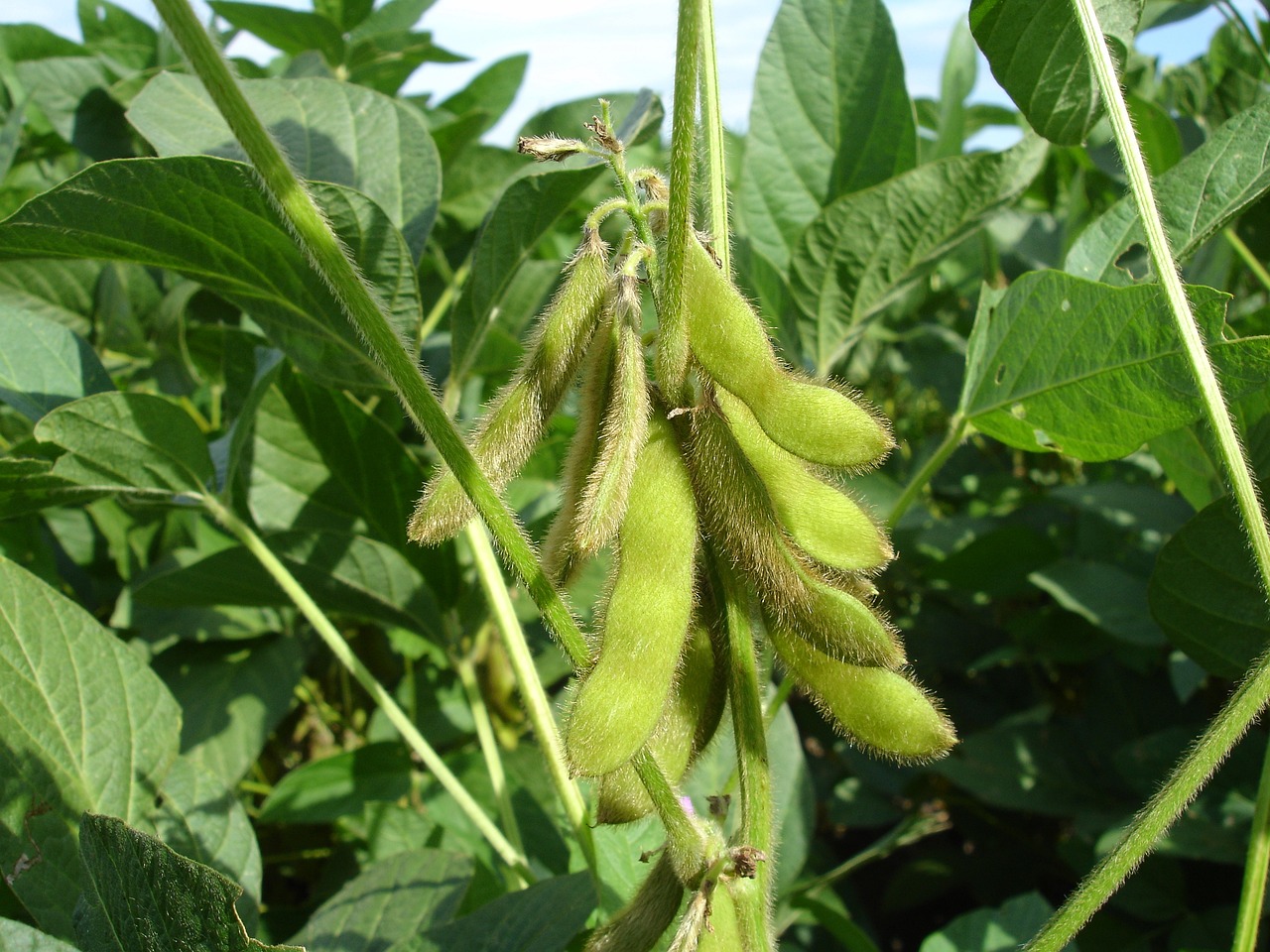
A group of scientists supported by FAPESP is studying a new strain of bacteria in consortium with rhizobia, microorganisms that biologically fix nitrogen, an essential nutrient for crops.
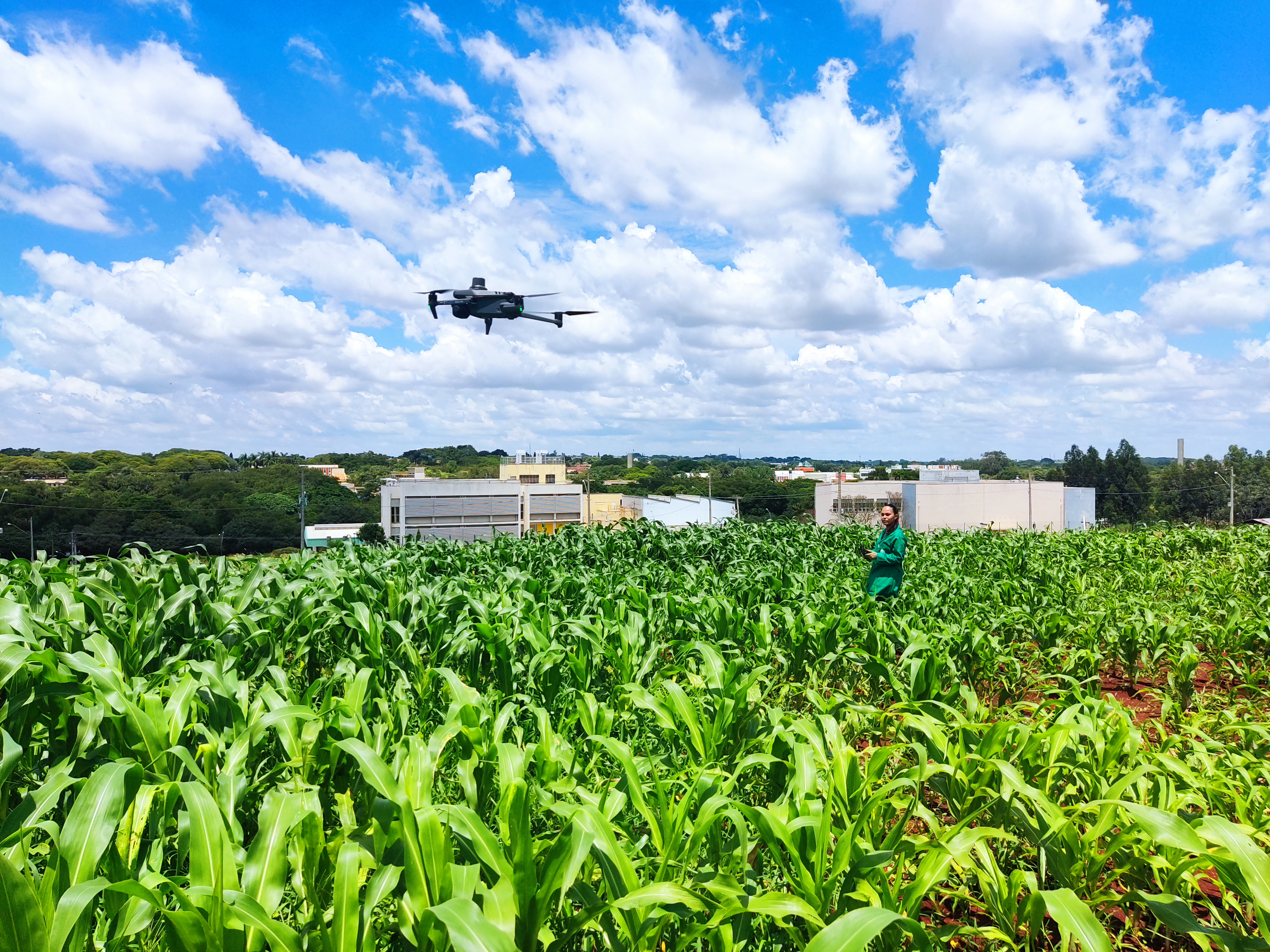
Images taken from an unmanned aerial vehicle, processed with free software, help assess water stress parameters in corn experiments and select varieties that are better adapted to water shortages.
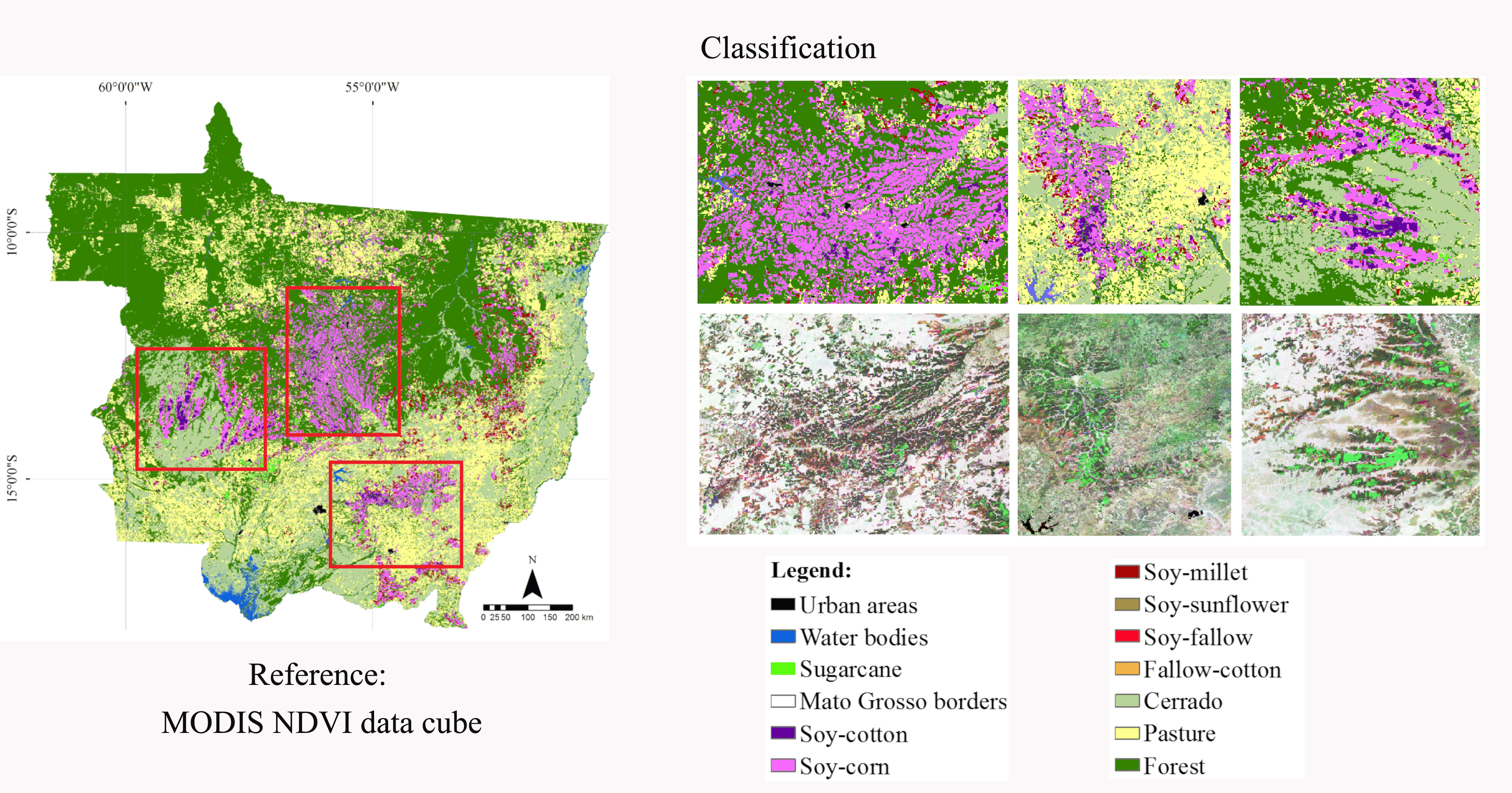
A technique developed by researchers at São Paulo State University was tested in the Brazilian state of Mato Grosso and more accurately delineated areas of natural vegetation and agricultural production by crop type; the results showed 95% accuracy in mapping.
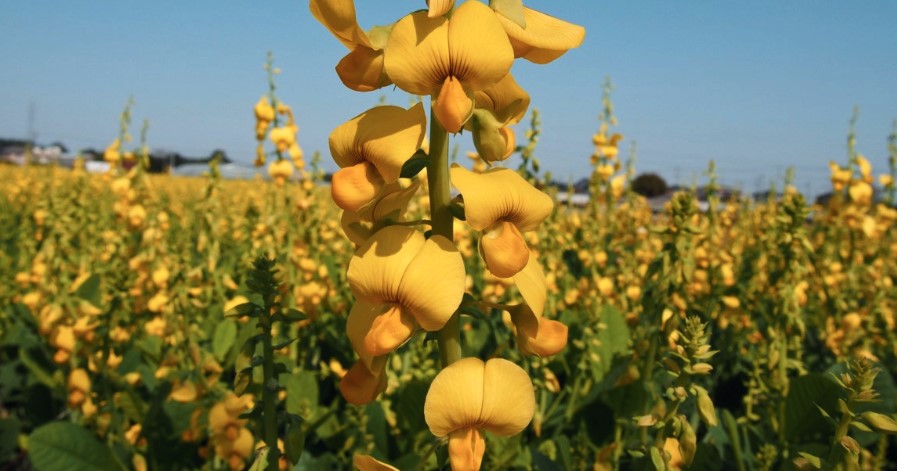
Practical guide prepared by researchers from the University of São Paulo gets extended version, accessible for free on the Internet.
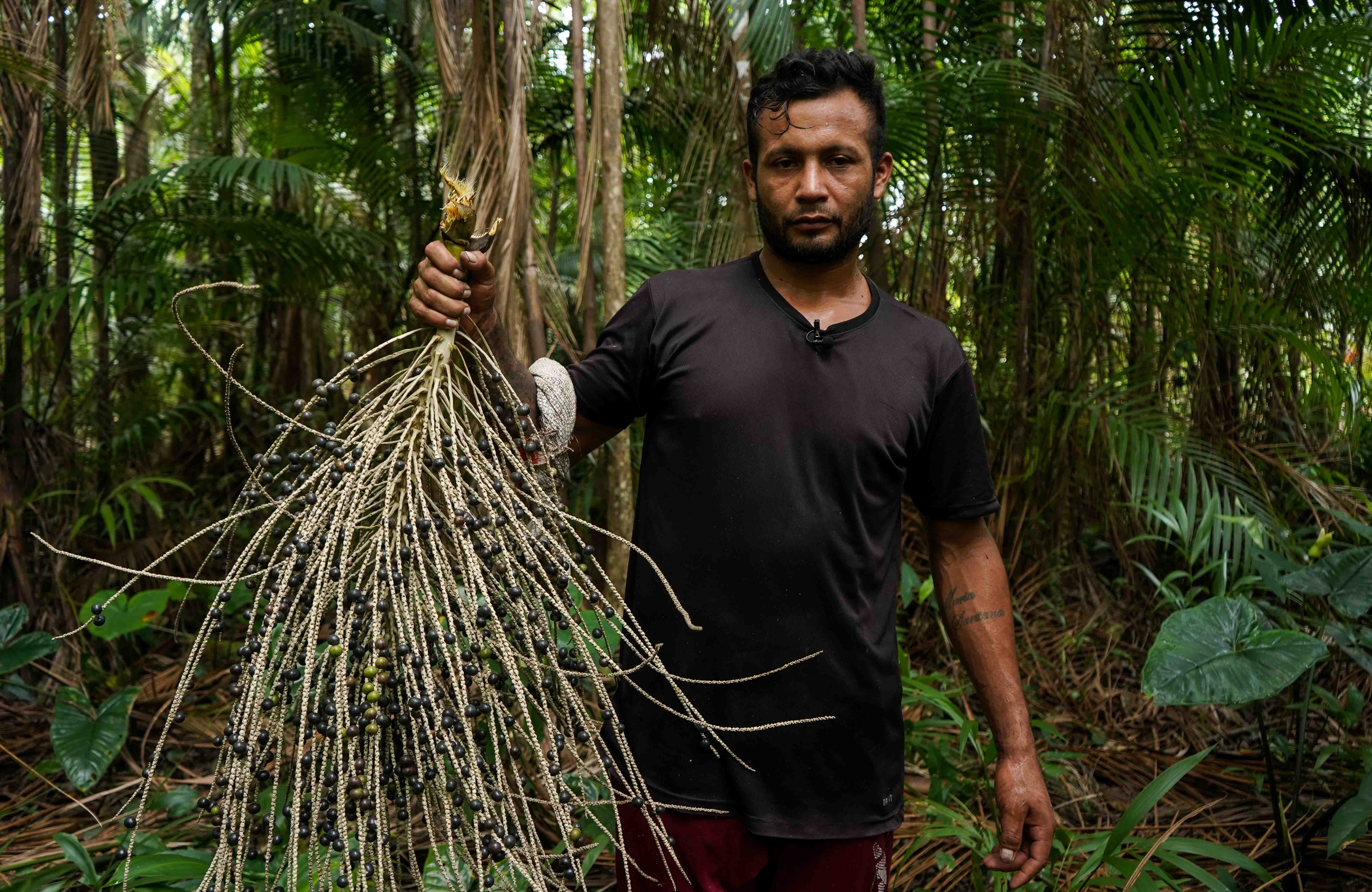
The Agrotechnological District of Breves, in the Brazilian state of Pará, was created as part of Semear Digital, a Science Center for Development led by EMBRAPA Digital Agriculture and supported by FAPESP.